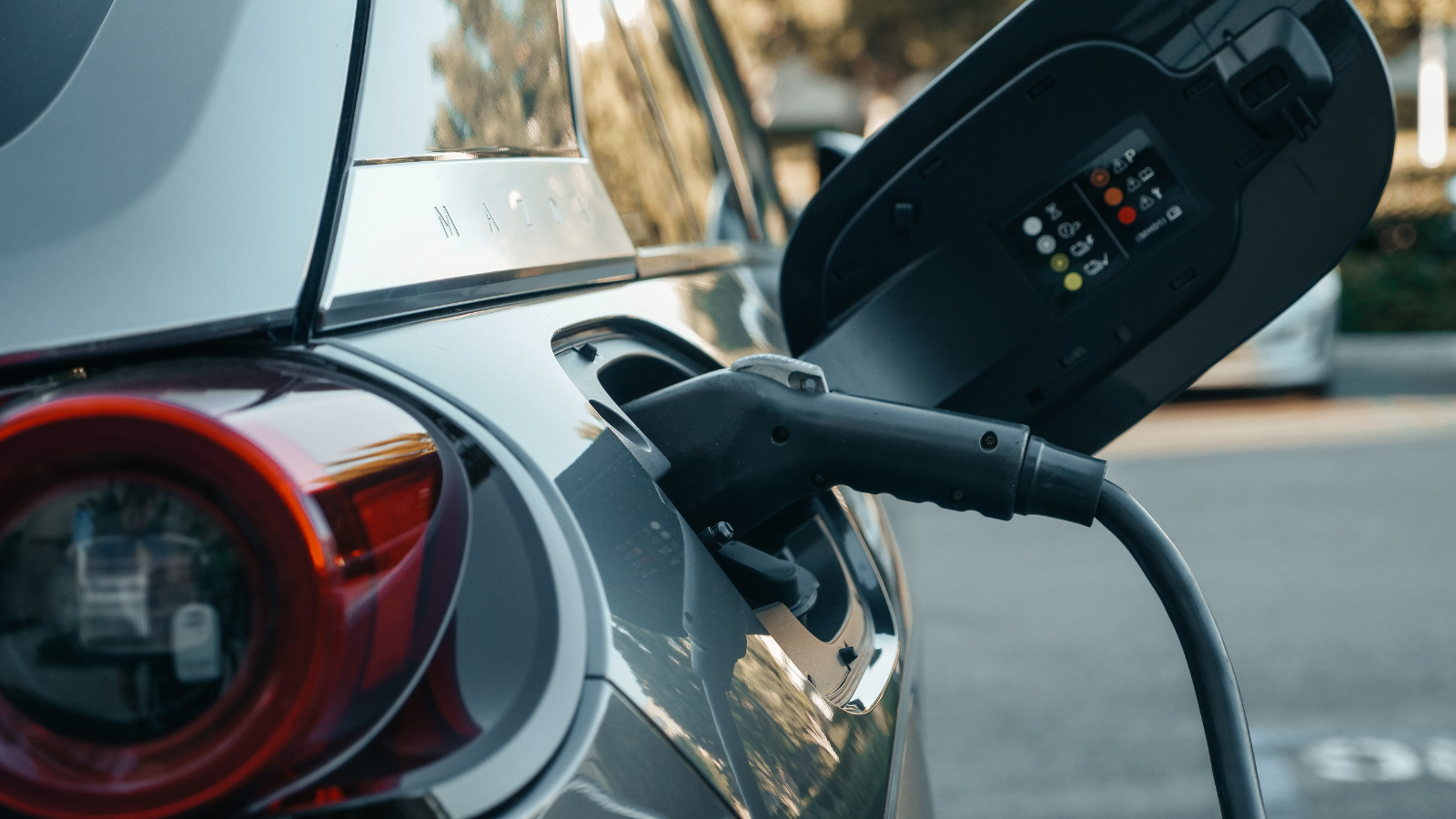By: Jen Walling, Executive Director
In December of last year, I purchased a fully electric car on a bit of an impulse. My current car was having some issues, and I needed a change. Going in, I understood that it would present some challenges. I rely on street parking to park my car and do not have access to a personal charger at home. But to me, being an environmental advocate means living my values. Given our work to advocate for the Clean and Equitable Transportation Act—legislation ensuring all Illinoisans have access to clean vehicles—I knew it was time to align my purchases with my policy goals. Here’s what I learned about buying an electric vehicle in Illinois.
The Cost of Clean Air
The price of EVs is comparable to other new vehicles. They are becoming increasingly affordable. Technological advances and the used car market are driving this trend.
I purchased my new 2023 Chevy Bolt EV from Jennings Chevrolet in Glenview. When I purchased it, there was a $7,500 income tax rebate. Currently, all Illinoisans can receive an instant $7,500 credit through the Biden-Harris administration’s Inflation Reduction Act.*
To receive the rebate, you need to buy a new, qualified plug-in EV. After the rebate, with taxes, fees, and purchasing price, I spent about $22,000. This is about the lowest you can go on electric vehicles.
Going the Distance for the Environment
When I start my car, the system tells me my car’s projected range. This range indicates how far I can drive before needing to recharge. It’s based on the amount of energy currently stored in my EV’s battery and weather conditions.
On my very first drive from Chicago to Springfield, I accidentally chose the coldest day of the year. Conditions sat at -7 degrees. The car predicted I could make the 220-mile trip with a range of 150 to 260 miles. I thought everything would be fine, but. I only made it 150 miles before the cold almost stopped me in my tracks. As I slid the car into the Bloomington Electrify America chargers on propulsion power only, I wondered if I made the right purchase.
Since then, things couldn’t be better! The range has never been an issue. Anytime it’s over 20 degrees, I can make the trip to Springfield without charging at all. Towards the end of May, I made the trip with over 60 miles left. In the summer, even with AC, I’ll get over 300 miles of city driving and over 270 of highway driving.
Powering Up Climate Action
Though charging my car instead of filling up with gas was an adjustment, it’s rarely inconvenient. While it does require advance planning, I always save money. Even with occasional parking garage fees, most full charges cost a quarter or half the cost of a tank of gas.
When I fit charging into my regularly planned activities, it’s not an issue. For example, there is a nice running trail near my favorite fast charger in Springfield, and I’ll complete my morning run while getting 100+ miles added to my car’s charge. Or, when friends ask me to dinner somewhere I’ll have to drive, I scout locations that provide charging so I can power up my car while I eat.
Currently, there are tax incentives and rebates from ComEd to install both personal and commercial charging stations.
Below is some important charging information:
- On a fast (aka “level 2”) charger, my car needs about 90 minutes to charge completely, but it will get 100 miles in 30 minutes. Charging slows after the car reaches 80%.
- A level 2 charger ranges from 3-20kw. A level 2 charger can fully charge my car in 6-8 hours.
- The vast majority I’ve encountered are 6kw. A charger’s kw (kilowatt) rating indicates how quickly it can charge an EV. For example, a 20kw charger will charge an EV faster than a 6kw charger.
- EVs can also be charged at home with a 110v or 220v plug. It can take 2-3 days to fully charge a Chevy Bolt at 8amp (the amount of electric charge in motion per unit of time on a 110v plug).
We’re On a Policy Roadtrip
Current policy is driving us in the direction of clean vehicles. Recently, Governor Pritzker championed the REV Act, which has successfully supported the manufacture of personal and commercial electric vehicles in Illinois. It’s now critical that we pass the Clean and Equitable Transportation Act (CETA), which includes the Zero Emissions Vehicle (ZEV) Act, Transportation Choices Act (TCA), and Metropolitan Mobility Authority Act (MMA).
One critical aspect of the ZEV Act is that it establishes incentives for utilities to increase EV infrastructure, including a pilot program for inclusive access. From manufacturing to sales to infrastructure, we’ll have a lot of work to implement these technologies quickly and inclusively.
It’s almost one year since I purchased my electric vehicle, and I’m not looking back.
*The Inflation Reduction Act’s historic tax provisions are enshrined in and protected by law. Without new legislation, no future administration could change that. Any future regulations or guidance would still need to be consistent with the law. Reach out to iec@ilenviro.org for more information.
About the Author
Jen Walling has served as the Executive Director for the Illinois Environmental Council since January 2011, where she oversees the strategic direction and management of the organization and lobbies decision-makers on environmental issues. Jen is dedicated to building the power of Illinois’ environmental community to secure policy outcomes that protect the environment.
As a leader in climate policy, Jen has been at the frontline of lobbying and passing bills that will advance renewable energy and carbon emissions reduction, including the Future Energy Jobs Act in 2016, the Climate and Equitable Jobs Act in 2021, and laws to simplify local siting of utility solar and wind projects in 2023.

